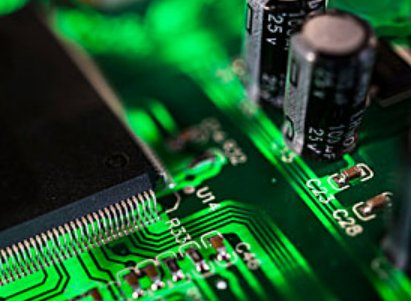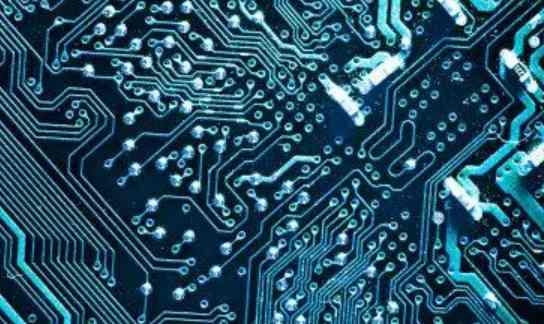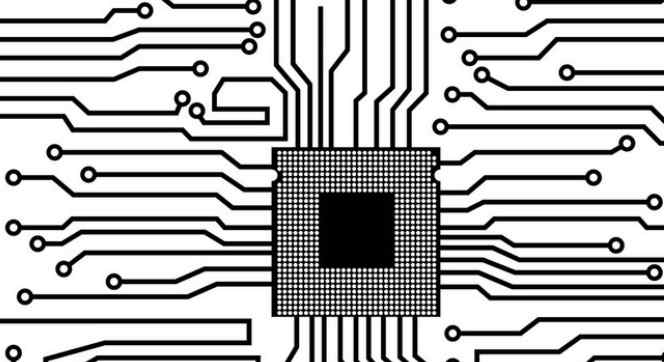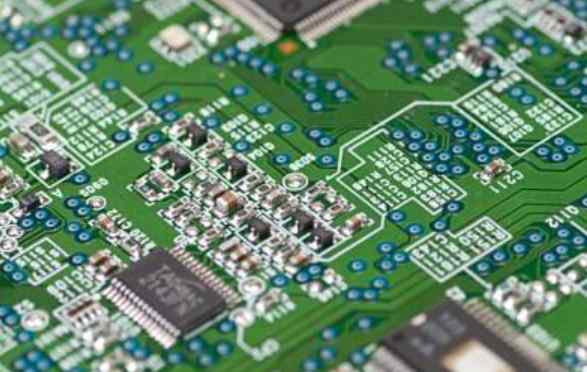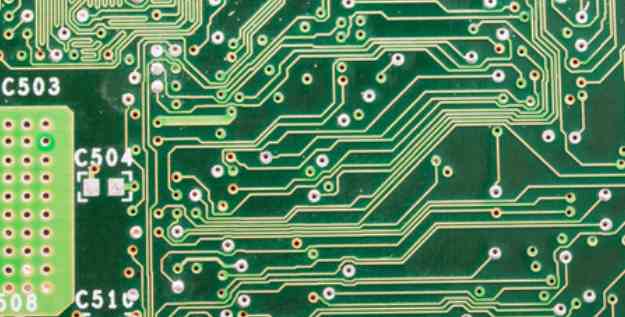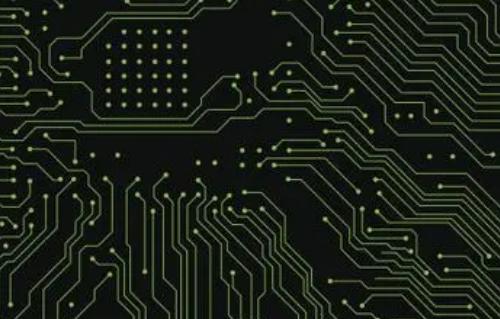
Because 5G wireless network covers a wide frequency band, special requirements are put forward for the circuit boardmaterials of 5G circuits operating at millimeter wave frequency. The effect of the surface roughness of the metallized through hole wall on the final RF properties of PCB materials for signal transmission between the top copper foil and the bottom copper foil is discussed.
Hailed as one of the most important technological achievements in the realization of modern communications, 5G technology uses both signal frequencies of less than 6GHz and millimeter wave frequencies for short-distance back transmission, high-speed data links. Circuits in such a wide frequency range require the use of special circuit board materials, and Rogers' RO4730G3™ circuit board material is the choice of many circuit design engineers because of its excellent performance in frequencies ranging from RF to millimeter wave. One difference between the laminates and conventional circuit materials, however, is the use of hollow microspheres as a filling material for the medium, a difference that has raised concerns among some circuit designers.
Due to the presence of microspheres, the appearance of the circuit machined structure -- such as metallized holes (PTH) from one conducting layer to another -- looks coarser than the metallized holes formed by traditional circuit board materials without this special dielectric filler. It may seem so, or there may be some other concern, because the hole wall of the circuit board with hollow microsphere filler is very rough when it is metallized through the hole. However, a series of studies show that the influence of hollow microsphere filler on the metallized hole is purely superficial, and it will not affect the performance of the circuit or the reliability of the metallized hole, no matter in the RF frequency or the millimeter wave frequency of 5G wireless network.
Compare the different metallized perforations
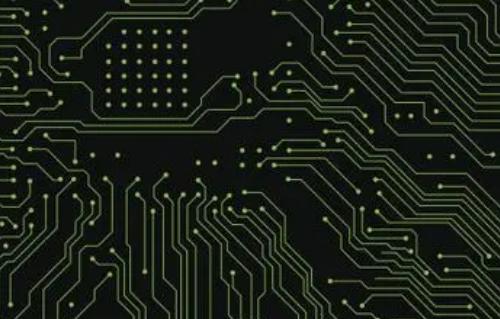
All circuit metallized hole wall surface texture will have different subtle differences, even when comparing the roughness of the same circuit board hole wall surface. Due to the multiple factors involved in the drilling process, the surface of the wall of the metallized hole will vary from hole to hole. In materials with microsphere packing, the bit may or may not affect the microsphere packing, making a difference. When the bit strikes and breaks the hollow sphere, the copper coating through the hole will grow along the contour of the broken sphere, and the surface of the hole wall will no longer be smooth and flat. Figure 1 shows how the presence of microsphere fillers in a circuit board affects the increase in surface roughness caused by the formation of metallized perforations in the circuit material. It is natural to question whether this roughness will lead to adverse effects on the electrical performance or reliability of the circuit compared to traditional circuit materials that metallized through the holes for a smoother surface.
With the increasing demand for high frequency circuit materials in a wide frequency range in 5G wireless networks, it is of great significance to know whether the surface roughness of metallized perforated holes in PCB materials with hollow microsphere fillers has any effect on circuit performance, since traditional PCB materials do not have such fillers. A series of studies were conducted to compare the effect of a 20.7mil thick RO4730G3™ circuit board material from Rogers with glass reinforced and microsphere filler and a 20mil thick RO3003G2 material without glass reinforced and with a smaller, non-hollow filler. In order to test whether hole wall surface roughness has an effect, we developed a number of different test circuits to compare the metallized holes on the circuit board over a frequency range of 5G wide.
The test circuits are based on a microstrip transmission line structure with a through-hole in the middle of the circuit used as a conductor and signal transition from the top copper layer of the dielectric substrate material to the bottom copper layer. The length of the test circuit is basically about 2 inches. A number of other high frequency transmission line techniques were used as references to assess the impact of metallized perforated wall surface roughness, including 8 - and 2-inch microstrip circuits without signal through-holes, and 8 - and 2-inch grounded coplanar waveguide (GCPW) circuits without through-holes. To ensure consistency when measuring, the same two 2.4 mm coaxial connectors were used for all circuit tests. And the test connector is always connected to the test port of the VNA in the same way to maintain phase consistency.
Designers accustomed to studying microscopic images of printed circuit boards (PCBS) like those shown in Figure 1 May be concerned about the effects of the roughness of the metallized holes, especially at the high frequencies of 5G circuits. In general, for traditional high-frequency circuit materials that do not use microspheres to fill, a rough pore wall surface may indicate some problems during the manufacturing process and may affect the reliability of the pores. However, for circuit materials filled with hollow microspheres, the formation of metallized pores with rough surface is normal, which does not mean that its performance is poor. To demonstrate that rough metallized perforations in this circuit material do not affect the reliability and electrical properties of the perforations, we compare the new material (rougher metallized perforations) with the more traditional circuit material (smoother metallized perforations). To dispel any doubts about using the material in the design of circuits for 5G wireless networks and any other applications in the millimeter-wave frequency range.


